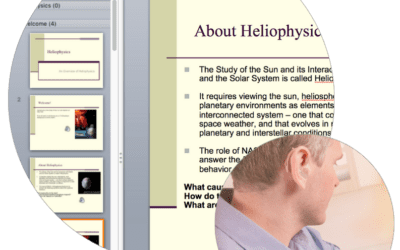Understanding and Achieving Section 508 Compliance
Section 508 compliance can be complex. It covers a range of requirements, from basic tasks like adding alternative text to images, to technical details such as the correct HTML tags for multiple-choice questions. Despite the complexities, achieving compliance is essential and benefits all learners.
Vendors are responsible for providing compliant content to the government. Different agencies, such as the State Department or DOT, might have their own interpretations and processes for compliance. However, Section 508 is a part of the Federal Acquisition Regulation (FAR). This means that if a civil rights complaint arises due to non-compliant content—such as issues with screen reader accessibility—the vendor remains responsible.
The Role of the VPAT and Agency Processes
A Voluntary Product Accessibility Template (VPAT) describes how a vendor’s information and communication technology (ICT) meets Section 508 standards. Vendors sometimes use the VPAT to highlight areas where their products fall short. This does not exempt them from the requirements. For instance, if a VPAT notes that videos lack closed captioning, the vendor is still required to provide it. Federal customers may disqualify vendors based on these disclosures.
Within agencies, different sub-organizations (e.g., APHIS, RD, NRCS) may have their own compliance acceptance processes. Passing one group’s review does not guarantee acceptance by a stricter sub-organization. CourseAvenue has seen varying levels of scrutiny, from “very lax” to “very stringent.” Our experience shows that institutional knowledge of Section 508 compliance helps manage these different review levels.
Assessing and Maintaining Section 508 Compliance
Determining if a course is “inaccessible” is generally quicker than performing a full accessibility assessment. While there can be different interpretations, releasing non-compliant ICT and relying on future updates to address issues is unacceptable. Fixes should be exceptions rather than the rule. Routine compliance issues can lead to legal complications if lawyers become involved.
Conclusion
Section 508 compliance is crucial for federal ICT. Vendors must ensure their content meets these standards to avoid legal and operational issues. Although interpretations of compliance details may vary, overall adherence to Section 508 is essential. Regular reviews and updates should be handled with care to prevent non-compliance from becoming a persistent issue.





